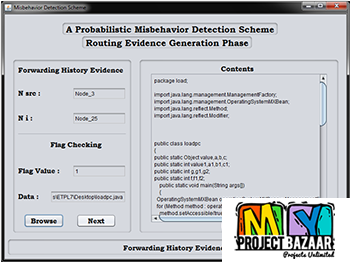
Learning Phenotype Structure Using Sequence Model
Product Description
Abstract—Advanced microarray technologies have enabled to simultaneously monitor the expression levels of all genes. An important problem in microarray data analysis is to discover phenotype structures. The goal is to 1) find groups of samples corresponding to different phenotypes (such as disease or normal), and 2) for each group of samples, find the representative expression pattern or signature that distinguishes this group from others. Some methods have been proposed for this issue, however, a common drawback is that the identified signatures often include a large number of genes but with low discriminative power. In this paper, < Final Year Projects > we propose a g*-sequence model to address this limitation, where the ordered expression values among genes are profitably utilized. Compared with the existing methods, the proposed sequence model is more robust to noise and allows to discover the signatures with more discriminative power using fewer genes. This is important for the subsequent analysis by the biologists. We prove that the problem of phenotype structure discovery is NP-complete. An efficient algorithm, FINDER, is developed, which includes three steps: 1) trivial g*-sequences identifying, 2) phenotype structure discovery, and 3) refinement. Effective pruning strategies are developed to further improve the efficiency. We evaluate the performance of FINDER and the existing methods using both synthetic and real gene expression data sets. Extensive experimental results show that FINDER dramatically improves the accuracy of the phenotype structures discovered (in terms of both statistical and biological significance) and detects signatures with high discriminative power. Moreover, it is orders of magnitude faster than other alternatives.
Including Packages
Our Specialization
Support Service
Statistical Report

satisfied customers
3,589
Freelance projects
983
sales on Site
11,021
developers
175+Additional Information
| Domains | |
|---|---|
| Programming Language |


















